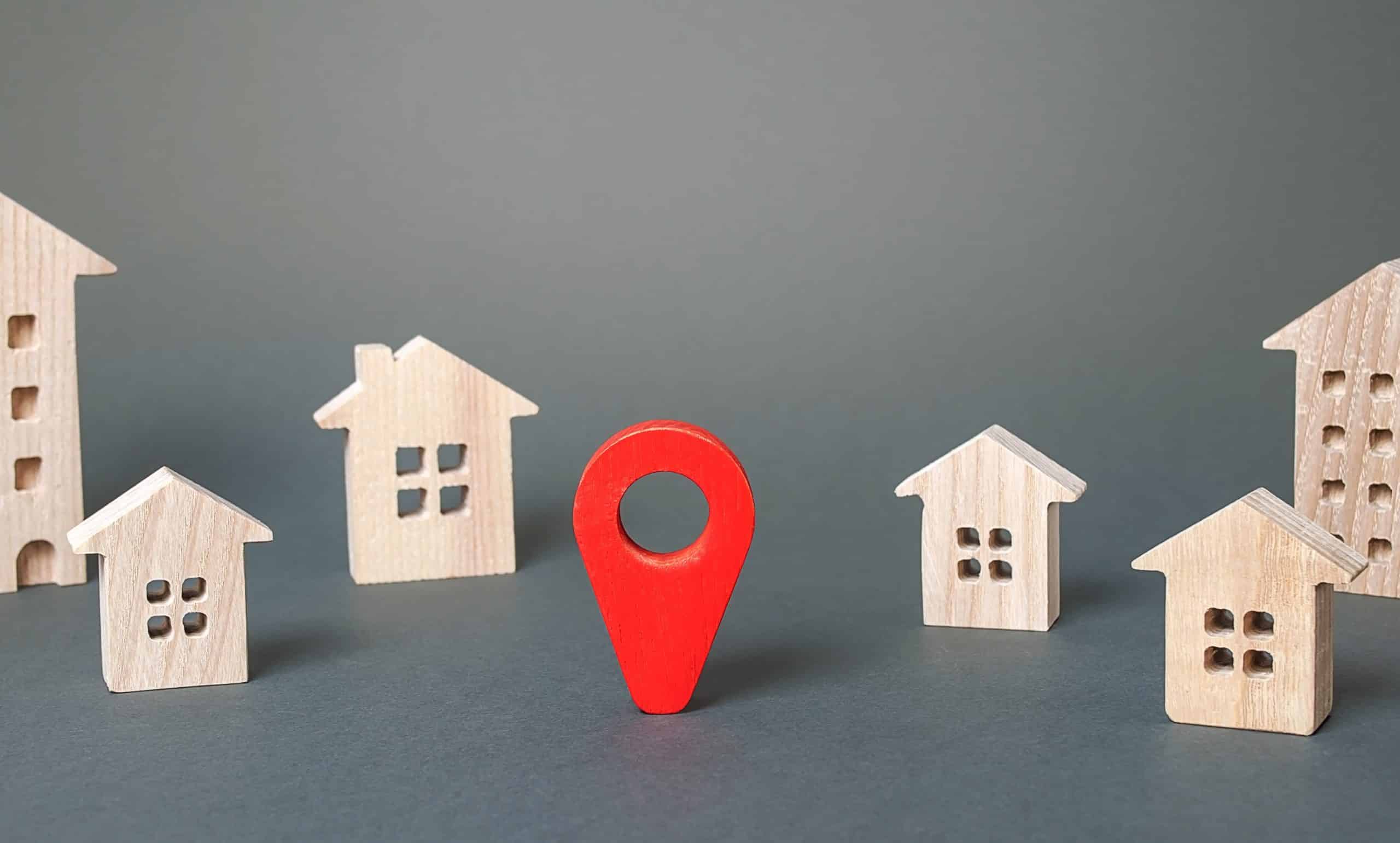Can Smart Infrastructure Reduce Urban Congestion and Improve Commuter Experiences?

With cities becoming increasingly crammed and public transportation overburdened, urban congestion is an all-too-common problem. But thanks to a wave of smart technological innovations, we are beginning to see the light at the end of the tunnel. By leveraging data and technology to transform our urban infrastructure, we can streamline traffic, enhance mobility, and improve the overall quality of life.
Smart Traffic Management Systems
Before we delve into the impact of smart infrastructure, let’s first understand the concept of smart traffic management systems. These are designed to keep traffic flowing efficiently by using technology to gather real-time data about traffic conditions. This data can then be leveraged to control traffic signals, manage congestion, and assist in incident management.
A voir aussi : Can Virtual Assistants Personalize Learning for Students with Special Needs?
As you navigate your city during peak hours, you’ll likely encounter various forms of congestion. It could be a bottleneck at a major intersection, a sudden surge in pedestrians on a busy street, or perhaps a traffic incident that has caused a standstill. Rather than relying on human intuition or outdated mechanical systems to manage these scenarios, smart traffic management systems use sensors, cameras, and advanced algorithms to observe, analyze, and respond to dynamic traffic situations in real time.
These systems are a key component of a broader urban mobility solution, enabling cities to handle increasing volumes of vehicles while minimizing the time lost due to traffic congestion.
Cela peut vous intéresser : How Is Mixed Reality Being Used in Architectural Design and Urban Planning?
The Role of IoT in Smart Urban Transportation
We’ve all heard of the Internet of Things (IoT), but did you know it’s also transforming urban transportation? City buses equipped with GPS and sensors can relay information about their location and speed to a central traffic management system, allowing for real-time tracking and efficient scheduling. Even street lights can be part of the IoT, dimming and brightening based on pedestrian and vehicle activity, helping to save energy and enhance safety.
Through IoT, cities can also gather detailed data on traffic patterns and public transportation use. For example, sensors in parking lots can inform drivers about available spaces, reducing the time spent searching. By integrating this wealth of data with smart traffic management systems, cities can generate a comprehensive picture of their transportation infrastructure — a crucial prerequisite to enhancing urban mobility and reducing congestion.
Sustainable Mobility Solutions with Smart Infrastructure
A smart city doesn’t just aim to ease traffic congestion, it also strives to promote sustainable mobility. By understanding the patterns and needs of commuters, smart cities can encourage the use of public transportation, cycling, and walking, thus reducing the reliance on private vehicles.
Did you know that in some cities, smart traffic lights give priority to buses and trams, making public transportation more efficient and appealing? And in bike-friendly cities, sensors can count passing bicycles and adjust the timing of traffic signals to facilitate their flow. This not only serves to reduce congestion, but it also makes these cities more environmentally friendly.
With the right technology, we can create efficient, sustainable, and inclusive mobility solutions that cater to all residents of a city, regardless of their preferred mode of transport.
Data-Driven Decision Making for Urban Infrastructure
For a smart city to truly thrive, urban infrastructure needs to be data-driven. This means using data not only to manage traffic in real time but also to inform long-term planning and decision making.
Imagine if city planners could predict traffic hotspots and plan infrastructure accordingly, reducing congestion before it even happens. This is precisely what data-driven urban infrastructure can accomplish. By analyzing historical and real-time data about traffic flow, public transportation usage, and pedestrian patterns, cities can identify trends, forecast future needs, and implement proactive strategies.
This approach can also help cities optimize their public transportation routes and schedules, enhance road safety, and even improve air quality by reducing vehicle emissions.
Final Thoughts
It’s undeniable that smart infrastructure, backed by IoT and data-driven decision making, has immense potential to revolutionize urban transportation. By intelligently managing traffic and promoting sustainable mobility, these solutions are not just easing congestion, but also enhancing the overall commuter experience. Make no mistake, the road to smart cities is paved with challenges – but the destination promises a more efficient, sustainable, and livable urban environment for us all.
As we venture further into the 21st century, we must remember that technology alone cannot solve all our urban woes. It’s equally important to foster a culture of sustainable living and smart commuting among city dwellers. After all, in the grand scheme of smart cities, we are the most crucial cog in the wheel.
The Future of Smart Infrastructure in Urban Areas
As we venture further into the digital age, we are seeing more and more ways that smart technologies can enhance our everyday lives. In the realm of urban mobility, this means harnessing the power of smart infrastructure to reduce traffic congestion, enhance public transportation, and promote sustainable transportation options.
At the heart of this transformation is the smart city, a concept that envisions a future where every aspect of urban life is interconnected and optimized by data analytics. In a smart city, everything from traffic lights to parking lots is part of a vast network that collects and analyzes real-time data to make intelligent decisions.
In such a city, traffic management systems could adjust signal timings based on real-time traffic flow data, reducing delays and easing congestion. Public transport would be more efficient, with buses and trams that adjust their routes and schedules based on real-time passenger demand. And cyclists and pedestrians would enjoy safer and more convenient routes, thanks to sensors that detect their presence and adjust traffic signals accordingly.
As we look towards the future, it’s clear that smart infrastructure will play a crucial role in shaping our urban landscapes and our daily commutes. But it’s not just about technology. It’s also about creating a culture of awareness and responsibility, where every citizen understands the value of sustainable transportation and smart commuting.
Conclusion
In conclusion, the potential of smart infrastructure to transform our urban areas is immense. From real-time traffic management to data-driven public transportation planning, these technologies promise to make our cities more efficient, more sustainable, and more livable.
However, turning this vision into reality will require more than just technological innovation. It will also require a shift in mindset, towards a culture of sustainability and smart mobility. As residents of these future smart cities, we all have a role to play in making this happen.
The road to smart cities may be challenging, but the rewards – reduced traffic congestion, enhanced public transportation, improved air quality, and a better quality of life for all – are well worth the effort. As we continue to explore the possibilities of smart infrastructure, let’s also remember to take these lessons to heart: that sustainability is a collective responsibility, and that in the grand scheme of smart cities, we are indeed the most crucial cog in the wheel.
